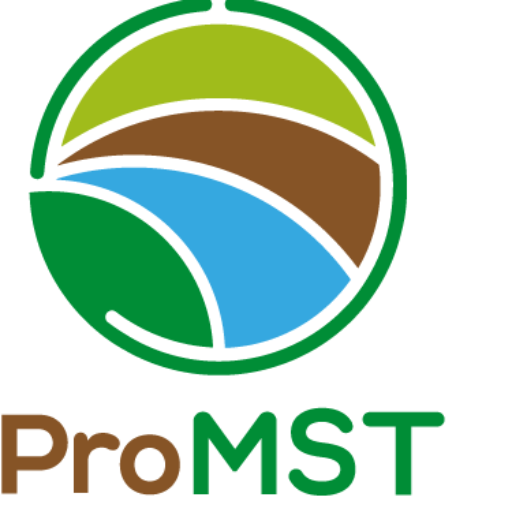
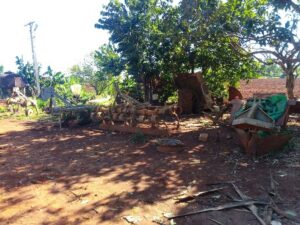
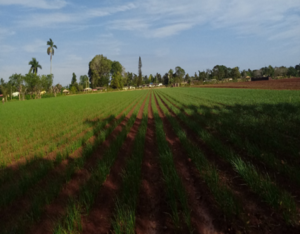
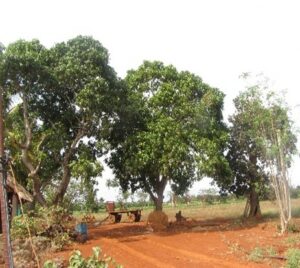
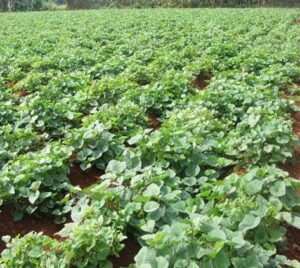
The Rebeca Farm 1 and 2
This farm is a replica site, it belongs to the Güira de Melena CCS “Niceto Pérez” agricultural company of the Güira de Melena municipality in the Artemisa province. Since 2022, it has been recognized as an Initiate in Sustainable Land Management.
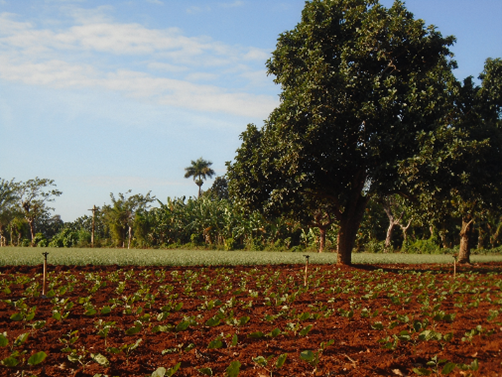
Between both farms there is an area of 21.68 ha, for agricultural use with temporary crops. These are: garlic (Allium cepa), cassava (Manihot esculenta with an increase in yield of 32.2 t/ha), taro (Xanthosoma sp. With an increase of 45.6 t/ha) and sweet potato (Ipomoea batatas). increasing the yield by 28.25 t/ha. There are also crops for seed reproduction and as soil enrichers: canavalia beans (Canavalia ensiformi) and sorghum (Sorghum sp.).

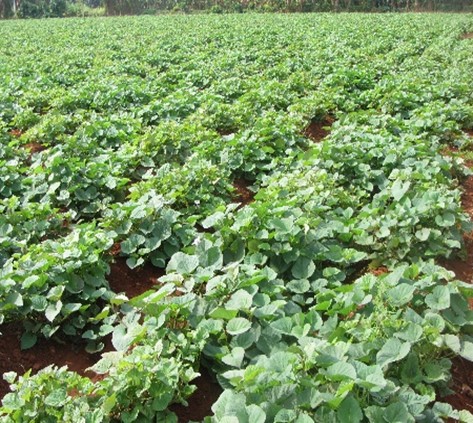
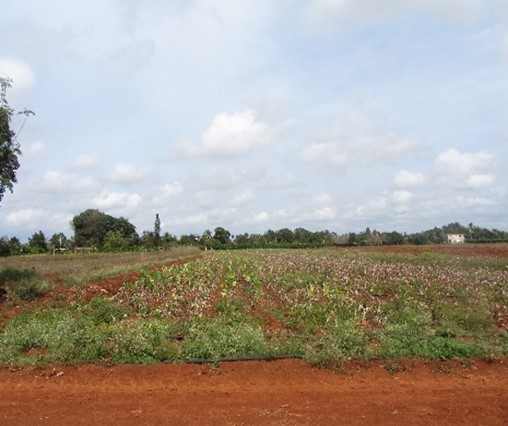
Relief
It presents a regular relief, characterized by abrasive-cumulative karsified plains, slightly undulating and flat with terrace levels between 10 – 15m.
Irrigation
They use a low-intensity sprinkler irrigation system with an application efficiency between 80%-85%, which means considerable savings in water and energy in pumping, reducing water volumes by 600 m3 during the irrigation campaign and pumping time. in 150 hours, increasing agronomic water productivity by 20% (kg produced per m3 of water applied) and an increase in total production by 42% with respect to the baseline (6.23 T).
Water
Drinking water is treated with sodium hypochlorite. The solid waste generated on the farm is mainly excreta from small livestock and crop residues.
Soil
On the La Rebeca 1 farm the entire area is hydrated red ferralitic type soil and in La Rebeca 2 hydrated red ferralitic and typical red ferralitic soil.
Categorización agroproductiva
Los suelos presentes en la finca La Rebeca 1 son de tipo I (muy productivos) y en La Rebeca 2 suelos tipo I y tipo III (medianamente productivo).
Biodiversity
Vegetation
Scattered there are fruit trees such as mango (Manguifera indica), guava (Psidium guajava), avocado (Persea Americana), banana (Musa sp.), coconut (Cocos nucifera), cashew (Anacardium occidentale), soursop (Annona muricata); and citrus fruits, such as lemon (Citrus limon), mandarin orange (Citrus sp.div) and sweet and sour orange (Citrus sinensis).
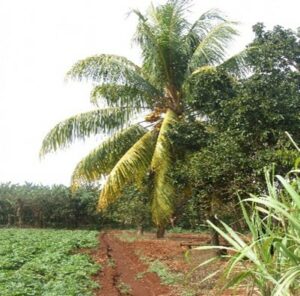
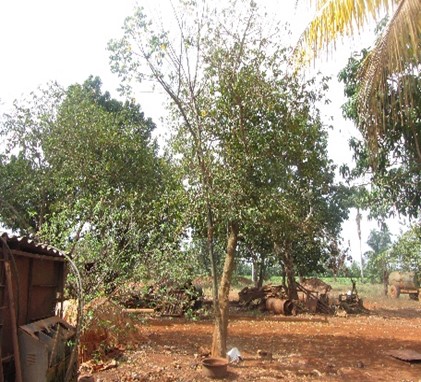
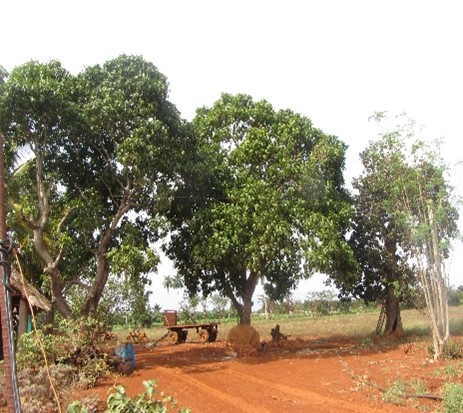
In the gardens there are ornamental plants with and without flowers and medicinal species. The living fences, which delimit the entire Estate, are made of piñon (Erythrina sp.div.) and seedbed (Fr).
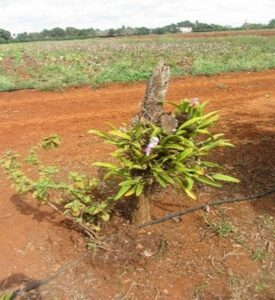
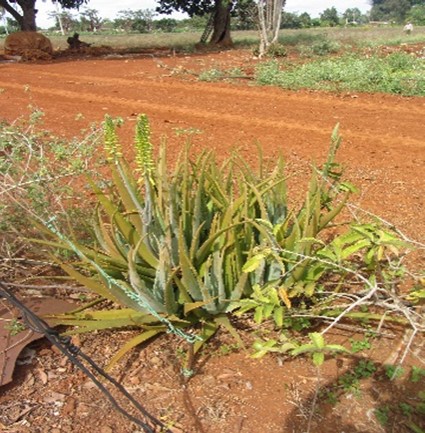
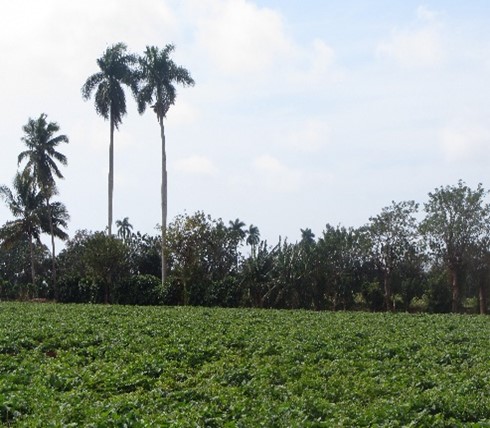
Regarding the presence of fauna, the presence of two phylum, six classes, 18 orders, 26 families and 34 species was identified in the study area. Among invertebrates, insects constitute the most diverse class (10 species). For their part, vertebrates are represented by amphibians, birds and mammals, with birds being the most diverse group (15 species) followed by mammals (7 species). Only 5.7% of the recorded species are endemic to Cuba. An analysis of species richness and endemism by class shows that birds are the vertebrates with the highest percentage of endemism within the study area.
The fauna is represented, fundamentally, by birds such as the tomeguín (Tiaris sp.), the sparrows (Passer domesticus), the bluebird (Passerina cyanea), the bijirita (Vermivora sp.), the zunzún (Chlorostilbon ricordii), the totí ( Ptiloxena atroviolacea), the pigeon (Zenaida macroura), the cattle heron (Bubulcus ibis), the jew (Crotophaga ani), the mockingbird (Mimus polyglottos) and the quail (Colinus virginianus). The sightings of woodpeckers and mayito (Agelaius humeralis) are reported, which have been decreasing, due to the aggressiveness of fumigation and the disappearance of the surrounding forests.
Among the insects there are flies, mosquitoes, bees, and there has been an increase in the influx of butterflies. Among the reptiles, lizards appear. Among the domestic animals there are chickens, pigs, dogs and cats. Only the presence of one threatened species was recorded, with the category of vulnerable (VU): Passerina ciris (butterfly). Three animal species considered as invasive exotics were found: Wasmannia auropunctata (santanica), Rattus rattus (black rat) and Mus musculus (guayabito).
Ecosystem Services
Around 20 animals sighted on the La Rebeca 1 and La Rebeca 2 farms have use value: pet (MA), hunting (CI), beekeeping (AP), medicinal (ME) and food (AL).
In general, the ecosystem services identified in the area of the farms integrate, as a biological environment, the existence of non-timber forest products in a small amount – such as flora – seeds, bark, resins, fruits, roots, etc.; the existing fauna; mollusks, mammals, reptiles, birds, insects and arachnids.
The farm has also been incorporated into the clean energy program using windmills to extract water from the wells.
The Rebeca 1 farm has a weather station that provides the weather and ozone report to the producers of the cooperatives in the region.
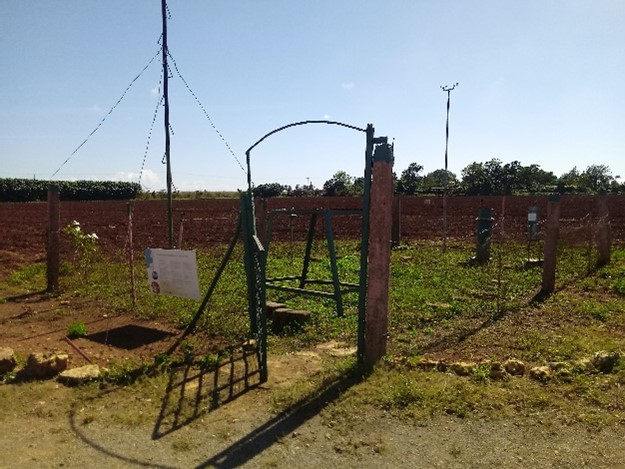
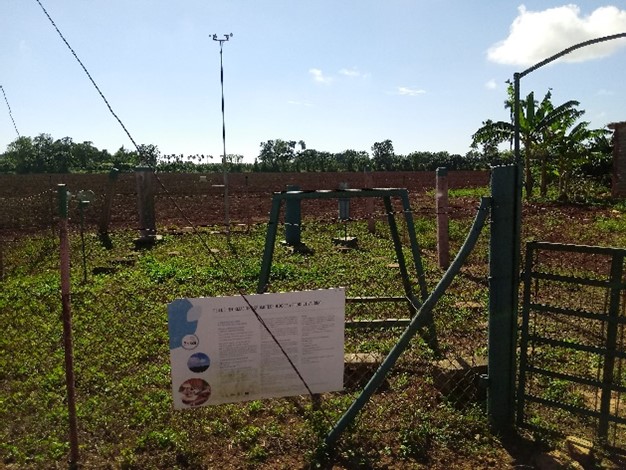
They have a classroom-school where training is provided to producers in the area by professionals from the Agrarian University of Havana. Additionally, experiments are carried out on the farm for bachelor’s, master’s and doctoral theses by specialists from the Agrarian University and the territorial CUM.
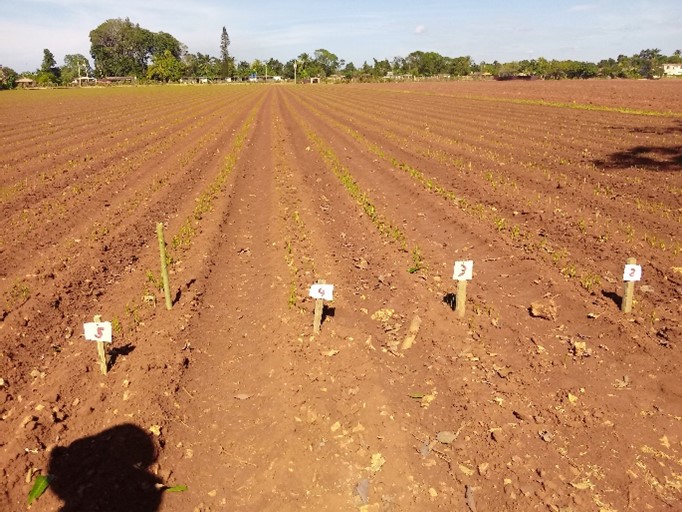
To support these trainings, there is a museum of obsolete agricultural equipment on the farm, the use of which is not recommended as it negatively damages the physical properties of the soil.
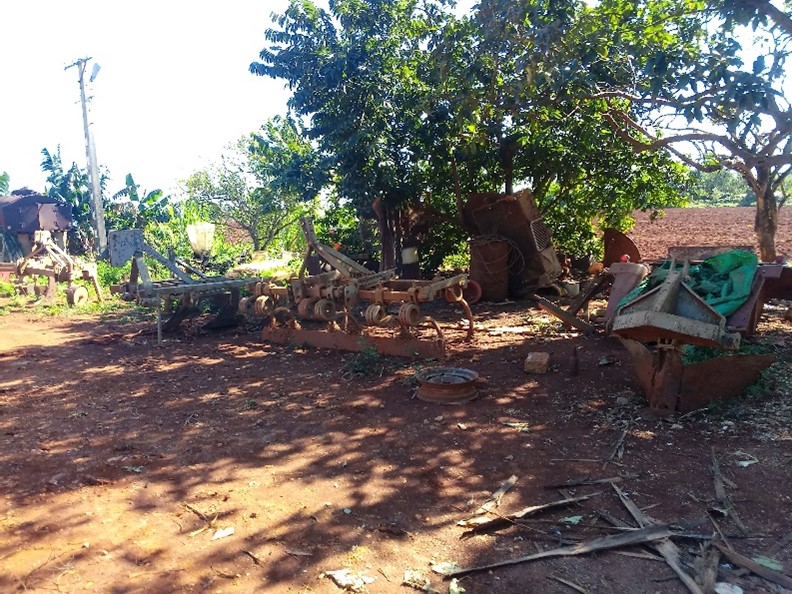
The use of agroecological practices, the increase in agricultural production and yields, as well as the appropriation of science and technology have helped this farm to be a beacon of good practices in the municipality and the country.
